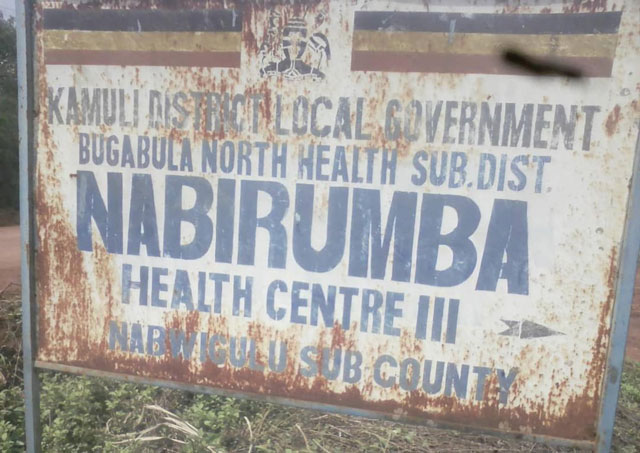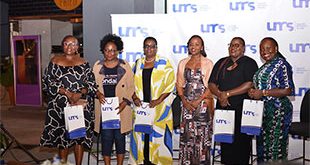
Kamuli, Uganda | THE INDEPENDENT Patients at Nabirumba Health Centre III are stuck after nurses abandoned the facility to attend a measles vaccination training at Kamuli district headquarters on Monday.
The nurses are attending the nationwide training ahead of the age-wide national Measles-Rubella vaccination campaign which is due to run from the October 16-20 targeting children older than 9 months to under 15 years of age. At the same time, a booster dose of oral polio vaccine will be given to all children younger than five years of age.
The training is conducted by the Ministry of Health (MoH), with support from the Global Alliance for Vaccines and Immunizations (GAVI), the World Health Organization (WHO), and the United Nations Children’s Fund (UNICEF).
Isaac Waiswa, one of the patients says that his wife has failed to access antenatal services since Thursday. He adds that one of the intern nurses instructed them to return today, but instead, the maternity ward was locked.
Felister Namwase, another patient says that most people are opting for Kamuli General Hospital commonly referred to as Mulago and at times private clinics as the facility lack standby health workers to attend to them.
While addressing journalist at the district headquarters today evening, the Kamuli district health officer Aggrey Batesaki said that every health centre is assigned with six nurses, two midwives and a clinical officer per the schedule and is surprised that, patients are stranded without healthcare.
Uganda did not conduct any immunization campaign during the past three years, leading to an accumulation of unimmunized children, who are currently at risk of suffering from Measles-Rubella disease. A number of districts have already recorded measles outbreaks.
After the MR campaign, the Measles-Rubella vaccine will officially be introduced into the national routine immunization schedule. According to the 2018 WHO-UNICEF best estimates, the national coverage is below 90 per cent.
Estimates show that measles immunization coverage stands at 86 per cent which is far below the desired target of 95 per cent, that can interrupt transmission of the disease. The low coverage is due to poor mobilization, inadequate awareness, low funding, lack of vaccines and lack of knowledge about Measles-Rubella disease in the community.
*******
URN
 The Independent Uganda: You get the Truth we Pay the Price
The Independent Uganda: You get the Truth we Pay the Price


